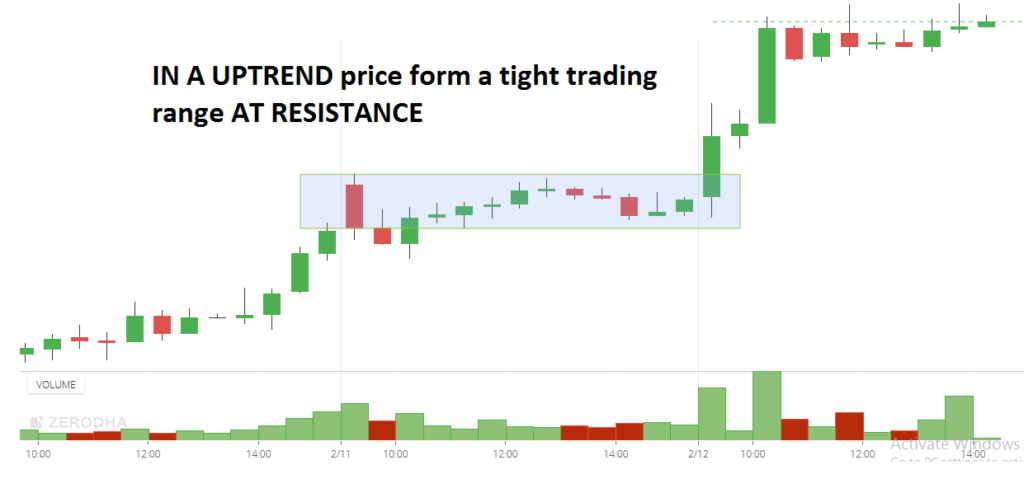
Advanced Candlestick Analysis in Trading
In this article, I will discuss Advanced Candlestick Analysis in Trading. Please read our previous article, which discussed How to Trade with Support and Resistance. I will also discuss the following pointers in detail.
- Advanced Candlestick Analysis
- What price action validates the resistance/support level?
- What price action disconfirms the resistance/support level?
Candlestick Analysis in Trading:
Each candlestick tells a story as they are a reflection of what buyers and sellers are doing or what the market is telling you. Use candlestick with support and resistance area
- Support tends to break into a downtrend
- Resistance tends to break into an uptrend
- Support and Resistance tend to break when there is a tight range at the SR level
- The more/frequent test of support resistance weakens this level and breaks the level
Then how to know whether the price will reverse from support or resistance or break level. I mean whether price confirms or disconfirms as support or resistance.
DISCONFIRMATION AND CONFIRMATION
At resistance, we expect the price to reverse or supply to exceed demand, confirming the supply.
What price action validates the resistance level?
- Clear Rejection from resistance in the form of the pin bar, outside bar, or engulfing bar
- Momentum loss when approaching resistance
- Unable to close above the resistance level
- Low-volume candle when approaching resistance
CANDLE REJECTION
Single candle rejection (pin bar)
In an established downtrend, any Clear Rejection from resistance in the form of the pin bar, outside bar, or engulfing bar confirms the resistance level.


MULTIPLE CANDLE REJECTION
It is better if multiple candlesticks are rejecting an area as this shows that the price tried over and over but failed. When multiple candles refuse to go UP or reject from resistance, they ultimately go down. Below are some examples of multiple rejection candles from an area




THE REJECTION CANDLE SHOULD BE CONFIRMED BY A FOLLOW-THROUGH CANDLE
The next candle should be a follow-through candle for validation of the rejection candle

Momentum loss is the key to reversal when approaching a key level
- Candle getting smaller and multiple colors with wicks signal that buyers or sellers are losing strength
- Even better when it finishes with long wick candles (for a bullish reversal, lower ling wick, and for a bearish reversal, upper long wick)
Below is an example of a bullish reversal

Price unable to close above the resistance
Buyers are trying hard to close above the resistance level, but each time they fail, they show supply coming and trying to dominate demand.

Volume
In an up-move, where the price is getting close to the upper trend line (resistance Line), and low volume appearing will tell you that the trend line is likely to hold for that moment in time because there is no effort to change the trend (you need buying to push through resistance). The resistance area needs demand pressure to penetrate it. Low volume tells us there is little demand, and thus, the line is likely to hold.



What price action disconfirms the resistance?
- Candle spread and volume increase when approaching the resistance level
- If the price hugs the resistance and holds, it disconfirms the supply and shows the presence of
Candle spread and volume increase when approaching the resistance level
In an up-move, where the price is getting close to the upper trend line (resistance Line), and low volume appearing will tell you that the trend line is likely to hold for that moment in time because there is no effort to change the trend (you need buying to push through resistance).
If the volume is high, with a widespread up, whilst the price is getting close to the upper trend line, we would expect to see the trend line broken due to the extra effort, and the next day is level or even higher, then you would now be expecting higher prices. Any low volume down-day (potential test) will confirm this view.

If the price hugs the resistance and holds, it disconfirms the supply and shows the presence of demand.
- Price hold (unable to react) after a drive-up
- The price will move up at the resistance price form a tight trading range. Nevermore than 50% of the previous drive up. Tighter the better
The main characteristic of BUYERS overcoming SELLERS is the repeated inability of prices to REACT away from the danger point(resistance). Such hugging of the HIGH usually leads to a breakout. Persistently heavy volume hammering the HIGH usually says a break is Imminent.


